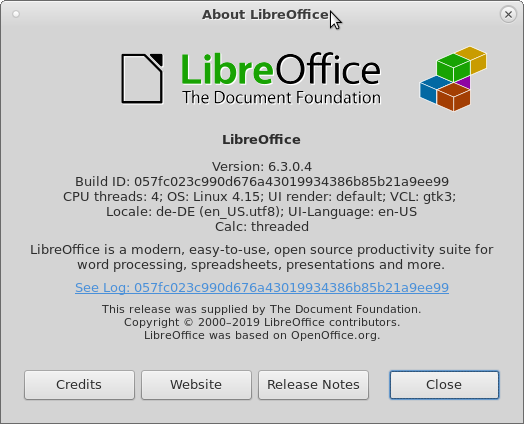

Naming the folder after the project will help you find it again. Create a separate folder for the project’s fonts.You can use either PostScript Type 1 or TrueType fonts. Select the fonts for your current project using the built-in font viewers in Konqueror or Nautilus.You probably have some basic system fonts installed, but when you want other fonts for a project, follow these steps: Using spadmin for advanced font management is simple. In Ubuntu, it’s in /usr/lib/openoffice2/program. For instance, in Debian, spadmin is in /usr/lib/openoffice/program. However, if you’re using a version of OOo customized for a distribution, it may be elsewhere. If you installed OOo from the RPM packages on the project site, you’ll find spadmin in /opt/ version//program. Even if the entire desktop couldn’t use the fonts installed with spadmin, OOo programs could. The ability to use spadmin as a font manager is another legacy from earlier days, when installing fonts on Unix-like systems was an esoteric afterthought.
#How to add fonts to openoffice linux pdf#
The exceptions are for auxiliary printers to produce PDF or PostScript files - although both of these functions are now available within OOo itself - or to send a fax. However, the predominance of the Common Unix Printing System (CUPS) has made this role more or less obsolete. If you’re still using lpr or lprng with a PostScript printer, spadmin can help you. All font users are left with is the font installer in the KDE Control Center, which doesn’t load or unload fonts on the fly, or deal with them in groups.īecause spadmin administers fonts independently, it can act as a kludge to provide some of the missing functionality without affecting the desktop as a whole.Īs its name implies, spadmin was designed originally to give advanced printer controls to the users of Unix-like systems. Hamster Font Manager did reach version 1.02, but it seems to have been abandoned and needs rewriting, because at least one of the libraries it depends on has been folded into another. Similarly, the latest version of the Choosefont font selector is 0.3, which was released in January 2004. The Font Manager project is at version 0.0.1 and currently useful only as a font viewer. In the last few years, developers have made several attempts to provide this functionality, but none of the projects has gotten very far. Designers need a convenient way to load the handful of fonts they actually need for a project, then unload the fonts when they no longer need them. Nobody would care to scroll through thousands of single-line entries in a combo box, even if a history of recently used fonts were available. Many designers have tens of thousands of fonts, and loading them all into the X Window System makes for unacceptably high overhead. Now that designers tend to work on machines with more than 1GB RAM, dynamic font swapping is less of a problem than it was when a top-end computer had 32MB. If you’re working in (OOo), StarOffice Printer Administrator (spadmin) offers a partial solution to the problem. One of the few remaining gaps in basic desktop functionality in GNU/Linux is the dynamic loading and unloading of fonts, especially in groups.


 0 kommentar(er)
0 kommentar(er)
